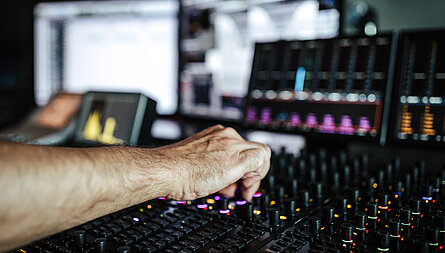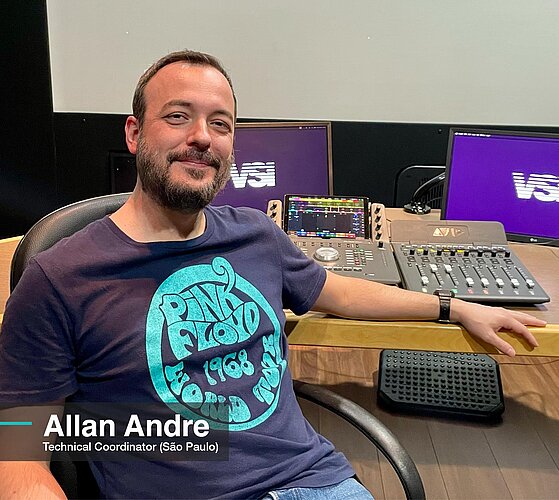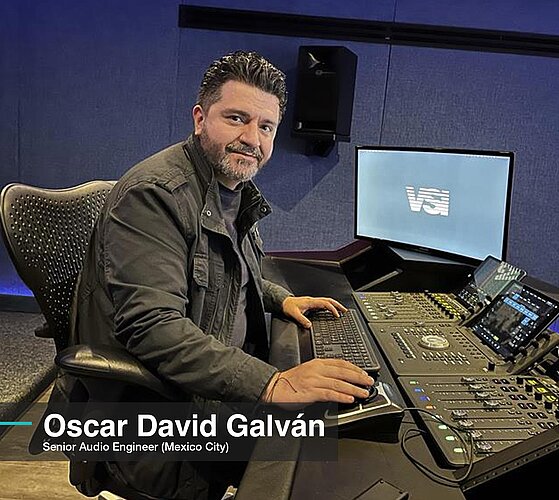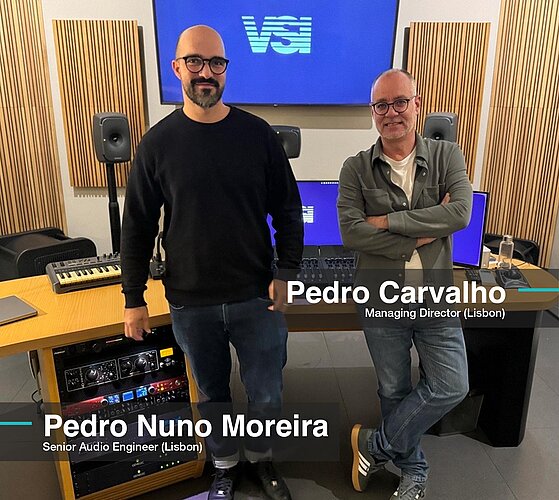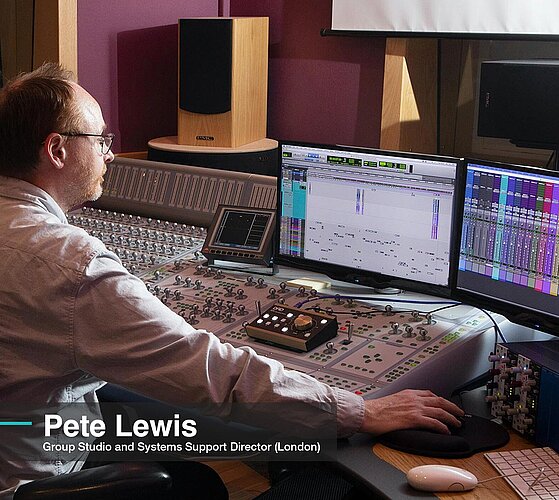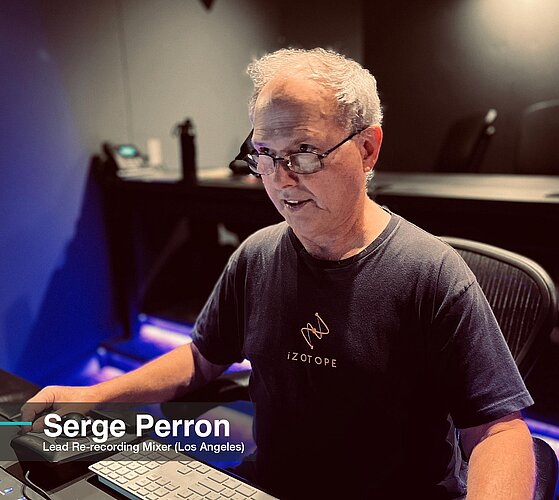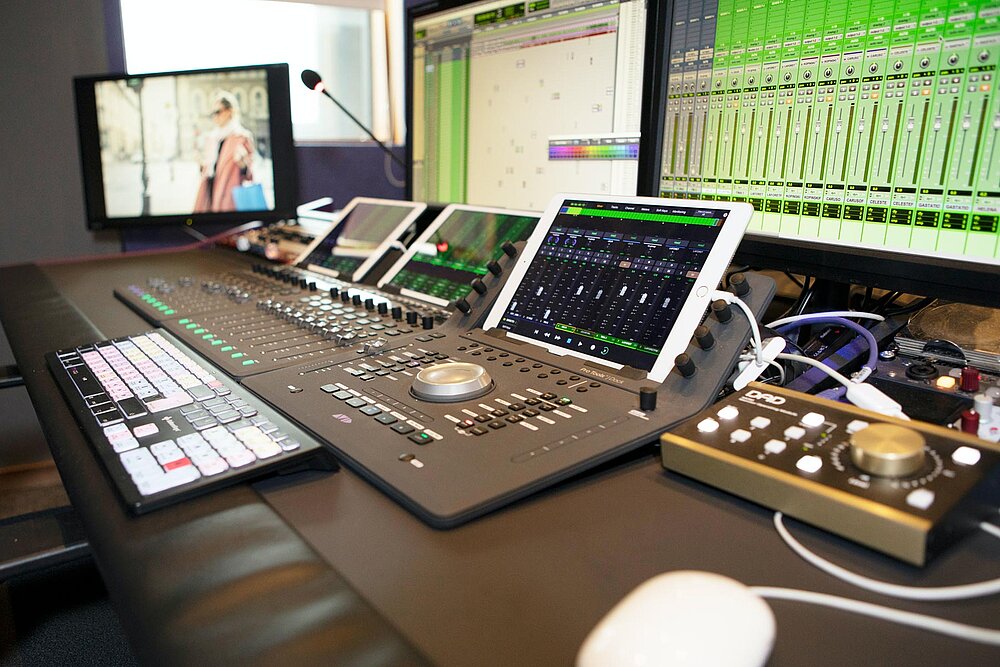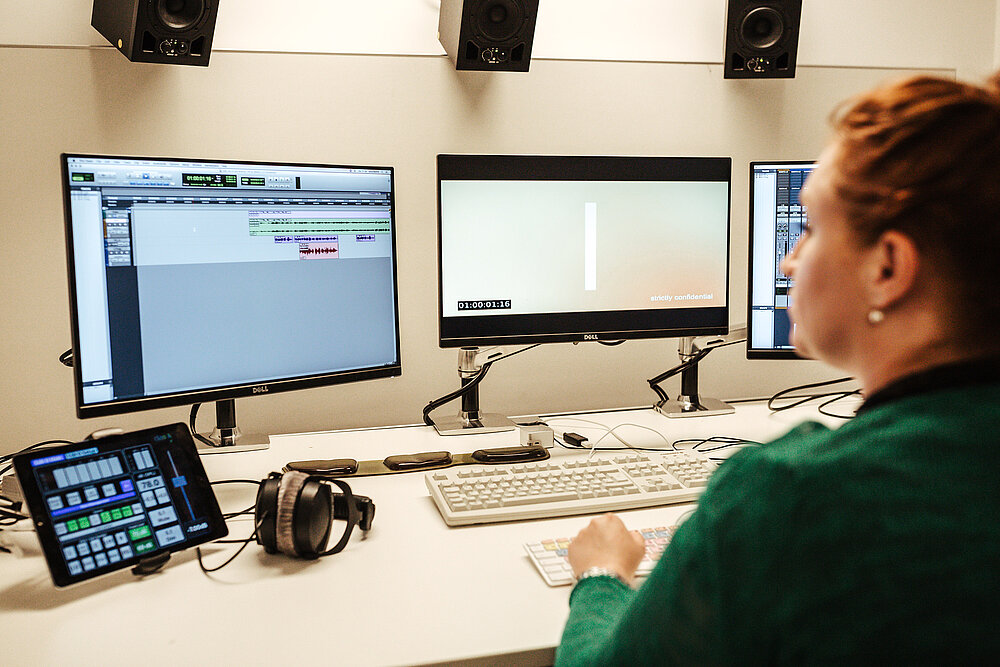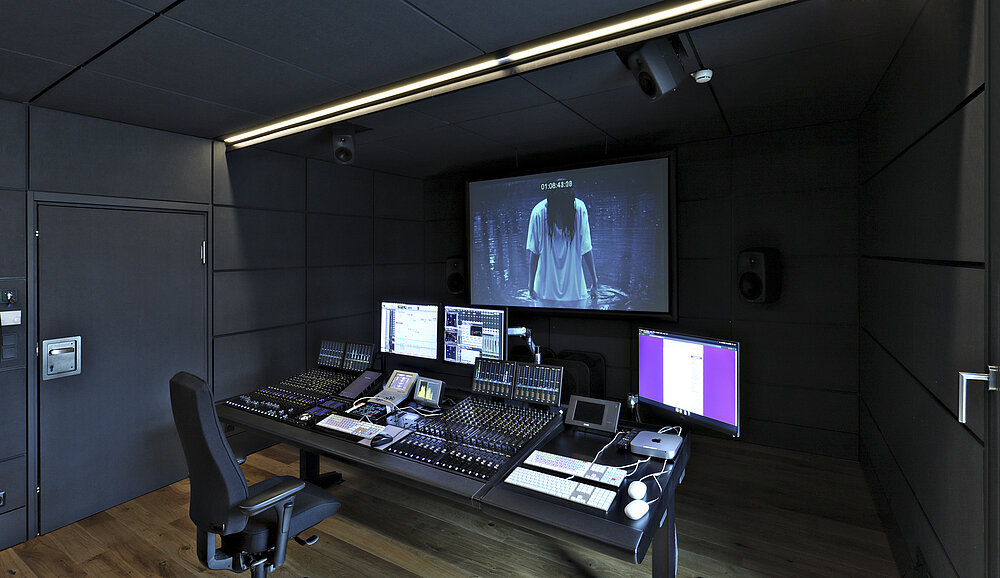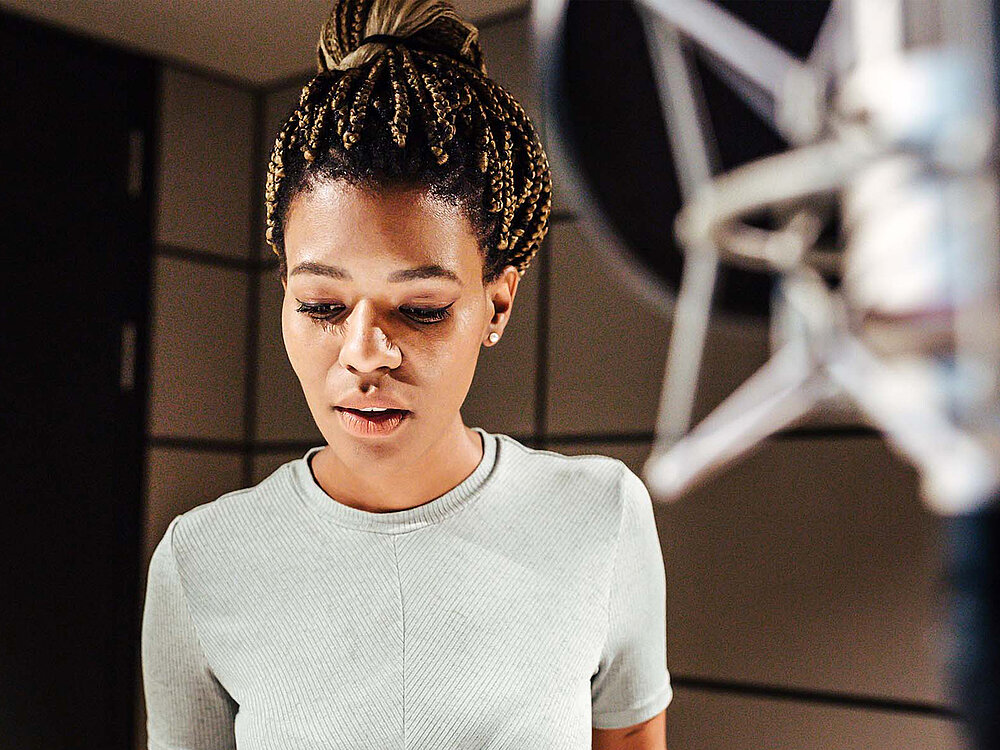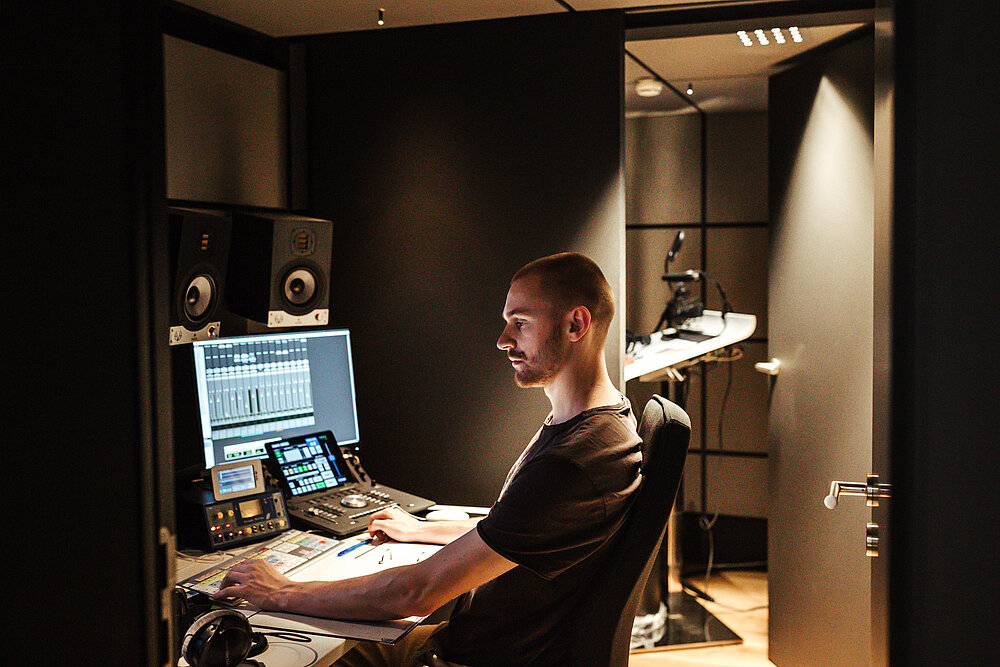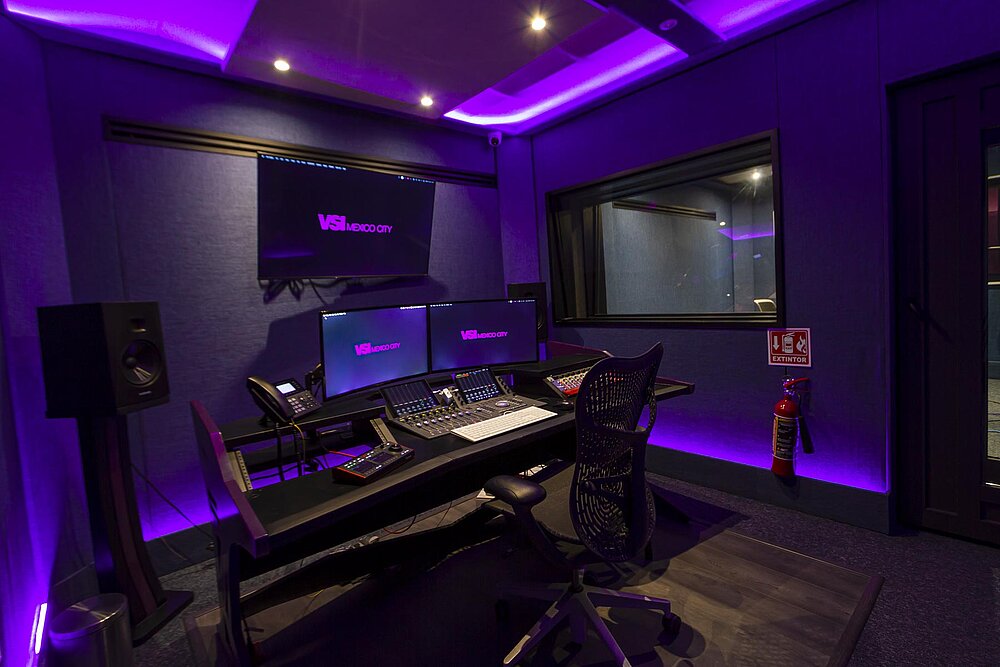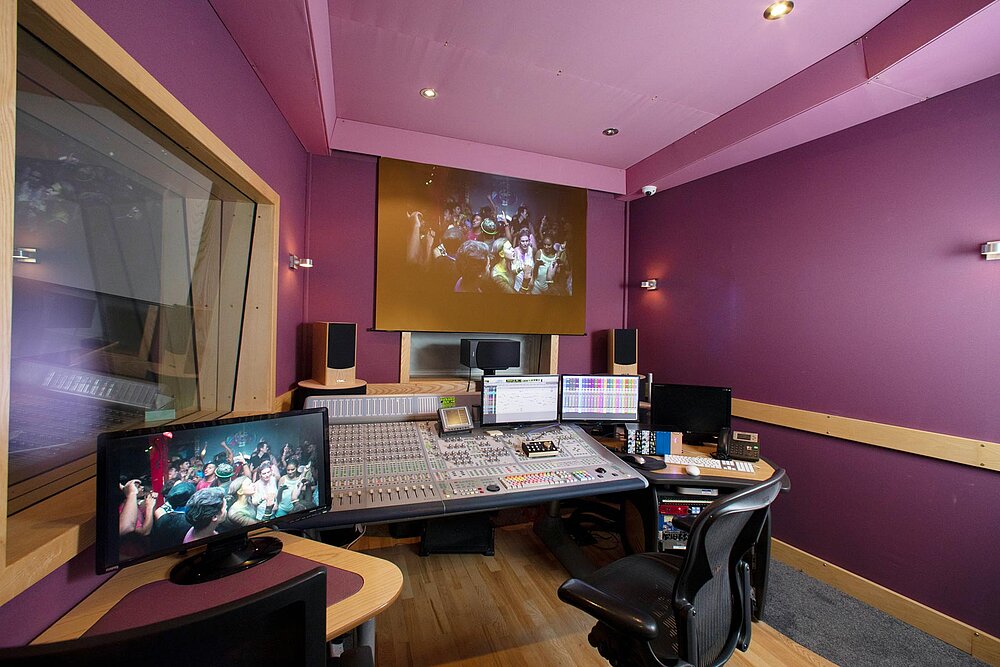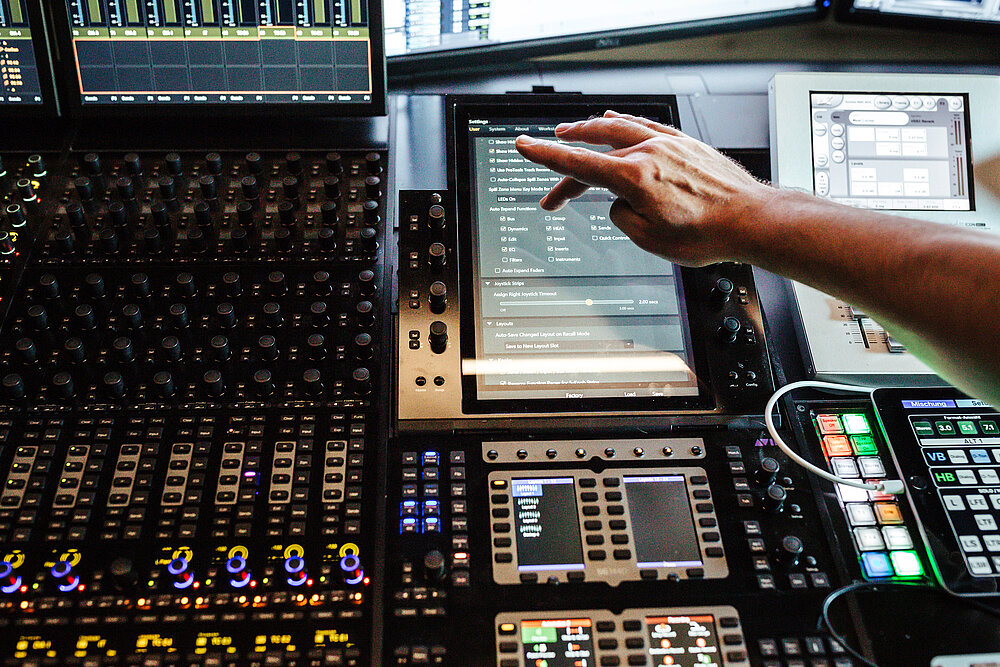Dark Arts: Mixing for Dubbing
In a dimly lit studio, mixers often create entertainment magic, blending dialogue, sound effects and music to ensure a seamless audio experience for global audiences to enjoy. It’s a crucial step in the localisation workflow. Still, it’s considered a “dark art” due to its complexity and the skill required to match the original sound, making the dubbed version feel natural as viewers are immersed in the storyline.
We caught up with our mixing experts to uncover the secrets behind this intricate process.

